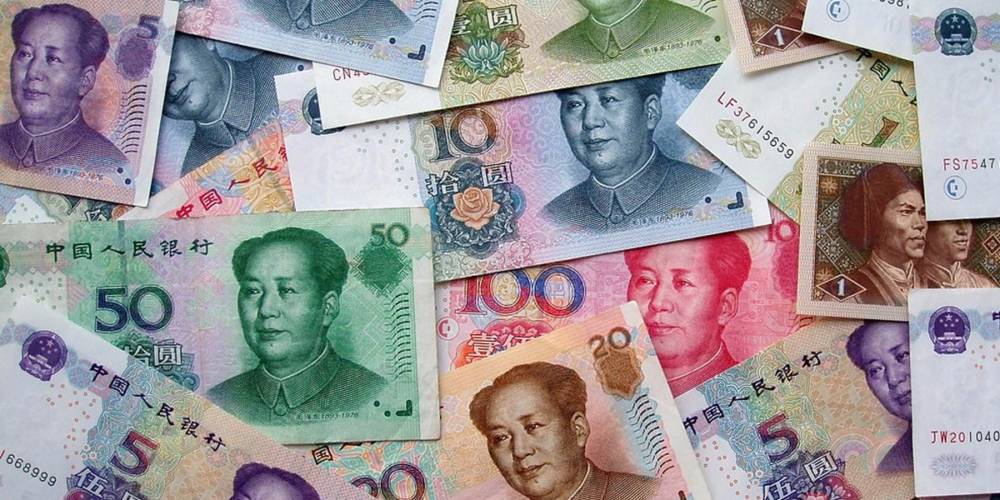Almost a year ago, President Xi Jinping made a historic visit to Riyadh, followed by several landmark deals. Trade between the two reached $106bn in 2022 – almost double the value of Saudi Arabian-US trade. Recently, the central banks of China and Saudi Arabia have agreed on their first currency swap worth a maximum of 50 billion yuan (€6.5 billion) over the next three years.
These deals and strengthening ties between China and Saudi Arabia have given an increased rise to speculation about a possible future ‘petroyuan’. This concept itself is based on the petrodollar – crude oil export revenues denominated in U.S. dollars. For decades, the US dollar has held hegemony in global oil transactions, forming the backbone of international trade and finance – and imperial aggression. One of the US’s favourite methods of exerting influence or punishment to political, existential and economic threats is the use of sanctions: in recent years it has applied them to Russia, China, Iran and many others. Without the dominance of the petrodollar, these sanctions would be far less effective. In addition, the stable flow of oil has led to the American military machine being the dominant global force it is.
China, as one of the largest oil consumers globally, has increasingly sought to diversify its currency reserves and reduce its dependency on the US dollar. The introduction of a ‘petroyuan’ would enable oil-exporting nations to accept the yuan as payment for oil, potentially challenging the dominance of the dollar in oil trade and consequently, in global financial markets.
China’s robust economic growth and its role as a major importer of oil give it considerable leverage in pushing for alternatives to the petrodollar system. As China expands its trade partnerships, especially through initiatives like the Belt and Road Initiative (BRI), the allure of the yuan as a global currency could rise.
China has emerged as an important actor on the geopolitical stage. Brokering a historic peace deal between Saudi Arabia and Iran established it as a reliable partner in the eyes of many Middle Eastern states. China was the first country to be name checked by Saudi Arabian foreign minister Prince Faisal bin Farhan when he called for a ceasefire in Gaza. This growing friendship between Saudi Arabia and China has now been further strengthened by this large currency swap.
An acceptance of a new potential global currency, however, especially in the domain of oil trade, requires trust and confidence from both oil-exporting nations and global financial markets. Efforts to internationalize the yuan have seen progress, but it remains to be seen whether it will upset the hegemony of the petrodollar.
The entrenched dominance of the US dollar in global trade and finance presents a formidable barrier. Many nations, despite diversification efforts, and despite an erosion in trust among many in the global south in the United States, especially in recent light of conflicts in Ukraine, Syria and of course Gaza, still consider the dollar a reliable and stable currency for international transactions.
The shift from the petrodollar system to a ‘petroyuan’ system could face resistance from nations aligned with the US or those otherwise in conflict with China, leading to geopolitical friction. Expect increased sabre-rattling from the war hawks in America and Europe as China’s increased influence among players in the global south continues to signal signs of the break-up of the unipolar global order.






